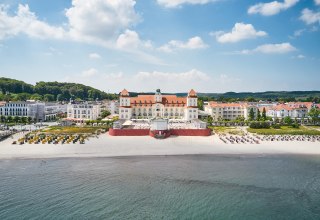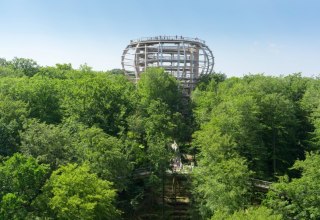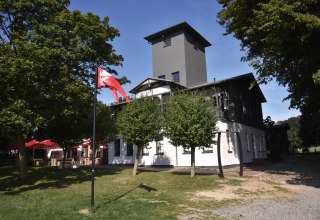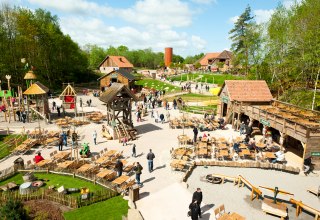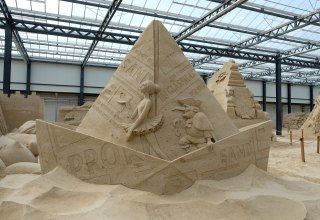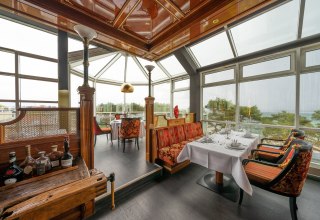The name Putbus is probably of Slavic origin and translates as "behind the lilac bush". In 1810 this place was developed by Prince Malte to a residence town in classicistic style with theater, pedagogy and white houses around the circus. A city from the drawing board with park and animal enclosure and rosebushes in front of every house.
When someone goes on a trip, he can tell a story, so the saying goes. Often, however, travels are also treasure troves of ideas that one takes home and pursues there. For example, the architecture of the English town of Bath inspired Prince Wilhelm Malte I to create a square in Putbus on the island of Rügen based on its model: the Circus Putbus. Classicist buildings line this round square, where all the streets converge. A strictly structured park fills the inner ring of the square, the center of which is marked by a 19-meter-high obelisk. The Circus Putbus is considered to be the last uniformly designed circular square in Germany. It was laid out from 1828 and by 1845 it had been surrounded with classicist white houses, which also gave the town the nickname "White Town".







